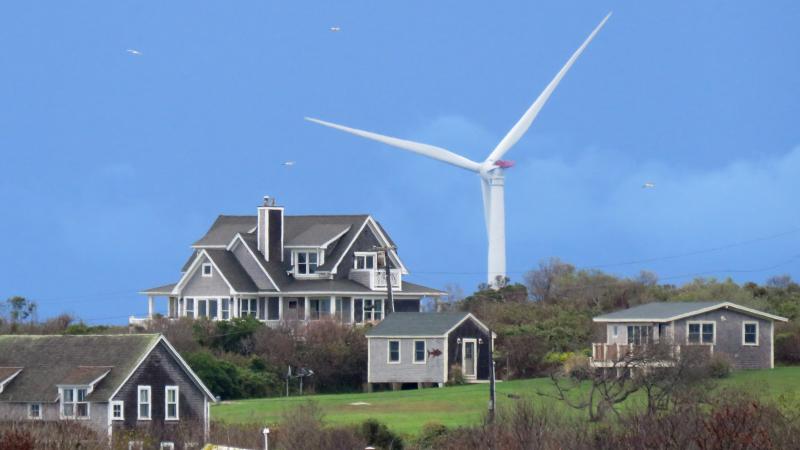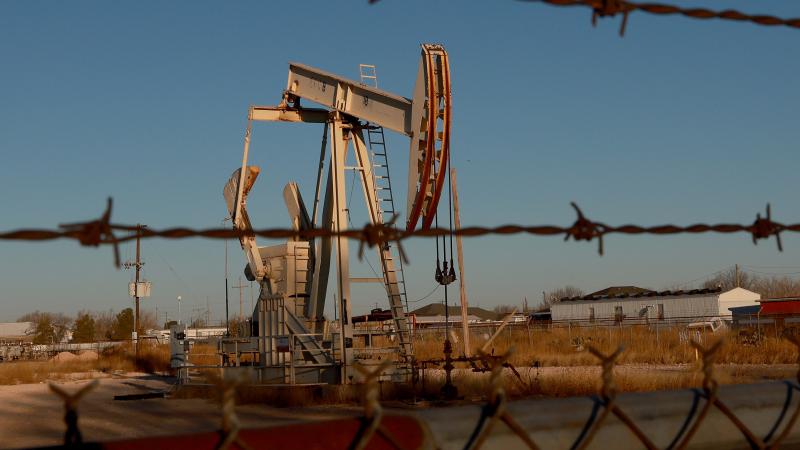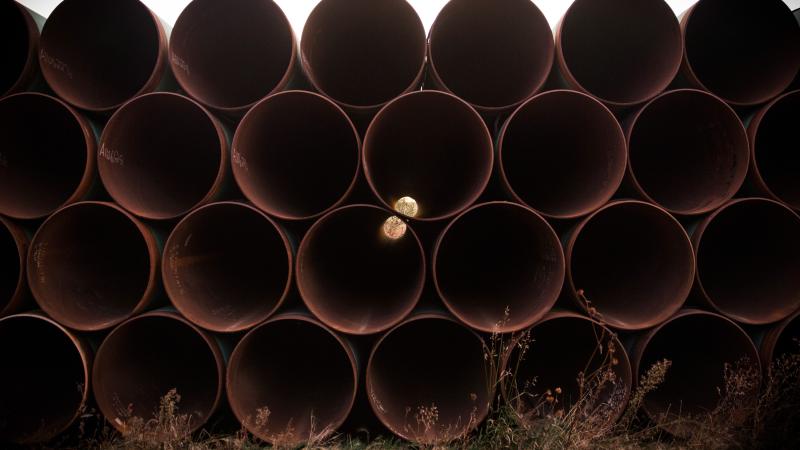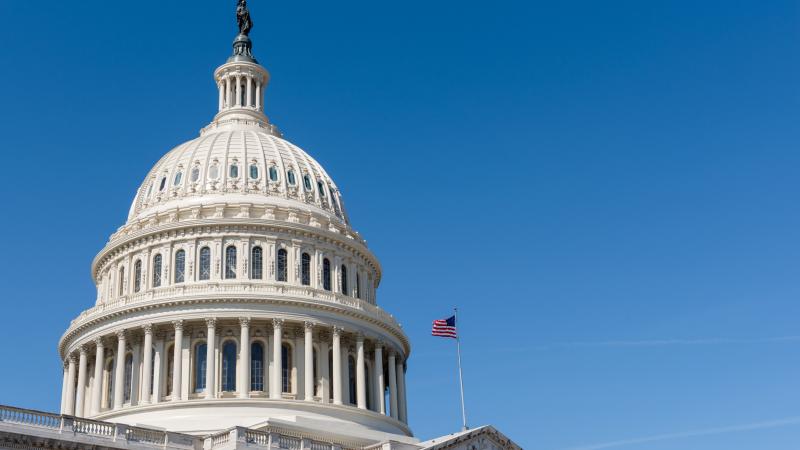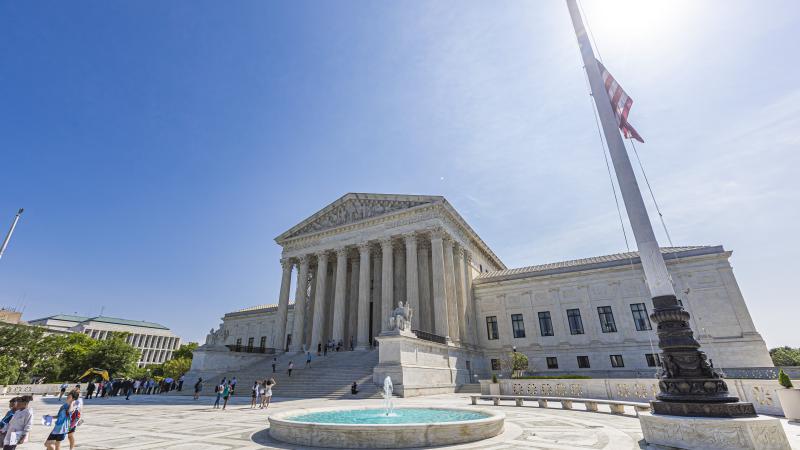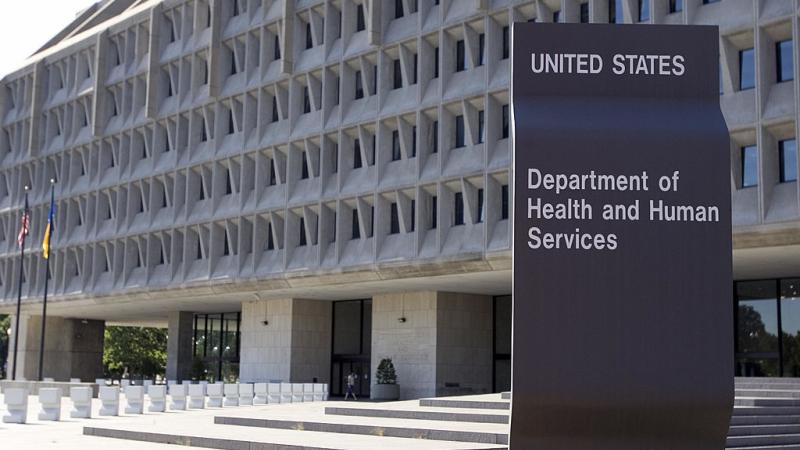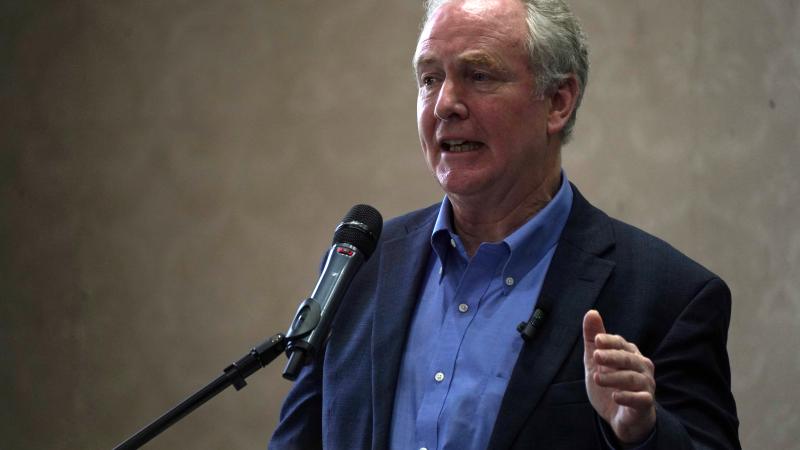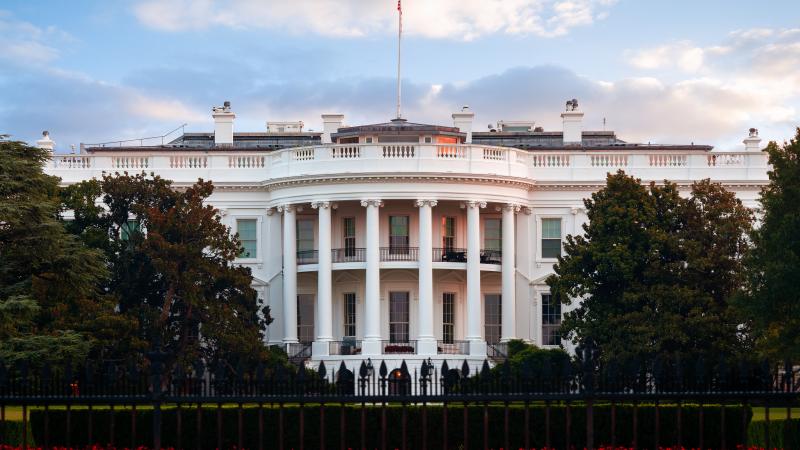California’s policies drive up residents’ energy costs, but experts say impacts go nationwide
Much of the U.S. military guarding the U.S. West Coast and Hawaii relies heavily on petroleum products from California’s refineries, which operate on razor thin profit margins. The state's policymakers responded to high gas prices with yet more regulation.
Donald Trump wasted no time overturning Biden’s climate agenda with a series of executive orders seeking to establish American energy dominance, but California government continues its role as a state leading the war on fossil fuels. The wildfires that damaged or destroyed an estimated 16,000 homes have given California’s anti-fossil fuel activists more visual -- if not factual -- ammunition.
San Francisco Sen. Scott Weiner introduced a bill Monday that would allow insurance companies, as well as those impacted by the fires, to extract damages from oil companies through lawsuits.
“We need real solutions to help victims in the wake of this tragedy, not theatrics. Voters are tired of this approach,” Western States Petroleum Association President and CEO Catherine Reheis-Boyd countered in a statement.
Leaving California
While the state’s energy policies have driven up gasoline and electricity costs for the state’s residents, the impacts of these policies go beyond its borders and may threaten national security as well.
“It's almost impossible for a refiner to do business now in California, and I don’t think a lot of them are going to stay,” Michael Miche, University of Southern California professor and management consultant, told Just the News.
Much of the U.S. military guarding the U.S. West Coast and Hawaii relies heavily on petroleum products from California’s refineries. This includes Air Force assets in California, Nevada and Arizona, as well as the Pacific Fleet and Third Fleet, which is based in San Diego. “They're all dependent on California refineries providing aviation fuel, diesel fuels and gasoline for their operations,” Miche said.
In October, Phillips 66 announced it was closing its Los Angeles-area refinery at the end of this year. Chevron announced earlier in August that it’s moving its headquarters to Texas. It’s just one of many companies leaving the state.
The loss of the Phillips 66 refinery will be the latest closure in a 30-year decline in which California went from 32 refineries in 1990 to 14 refineries today. Between 1990 and 2022, according to an upcoming report by Miche and his colleagues, the state’s oil fields decreased production by 60%, while U.S. production increased 60%.
By contrast, between 1990 and today, California’s oil imports increased nearly 713%, much of which comes from Iraq and Saudi Arabia. Gasoline excise taxes in California increased 250% in that time.
Horrific margins
California uses its own special blend of fuel, which limits production to a handful of refineries in California and in Washington state and also increases production costs. California Gov. Gavin Newsom has insisted that the state’s high gas prices are unrelated to its energy policies. Instead, he blamed refineries for “price gouging” and responded with a series of rules aimed at addressing this allegation.
Among the laws he signed was the Oil Refinery Cost Disclosure Act, which required California refineries to provide monthly reports on their gasoline profit margins. Rather than demonstrate that Newsom’s accusations of "gouging" were correct, the data instead reveals that between June 2023 and April 2024, the state’s refiners averaged a net profit margin of $0.09 per gallon.
“The margins are horrific. They're just not there. And plus, they're highly volatile,” Miche said, adding that West Coast refineries’ gross profit spread is not any different from that of Gulf Coast refineries. “If there were gouging or manipulation at that level, you would see a significant difference between Gulf Coast crack spreads and West Coast crack spreads. And you don't.”
In the last 35 years, California’s population increased 24.3%, and the total number of motor vehicles registered in California increased 69%. Meanwhile, retail gasoline prices increased 253%. Despite the rising number of cars on the road and more people driving them, between 2001 and 2023, gasoline sales in California fell 6.45%.
California’s policies also impact neighboring Nevada and Arizona, which are dependent on California’s refineries. In October, Newsom signed a law that requires refineries to keep a certain amount of storage in order to avoid price spikes. Before he signed the bill, Arizona Gov. Katie Hobbs and Nevada Gov. Joe Lombardo sent a letter to Newsom opposing the law, arguing it would raise their states’ gasoline prices.
In turn, goods from California, Arizona and Nevada become more expensive as they travel across the American economic infrastructure. “Arizona and Nevada are basically held hostage by California,” Miche said.
Blame climate change
California Sen. Weiner’s bill opening up oil companies to lawsuits from insurance companies and individuals impacted by natural disasters is predicated on the assumption that events like the fires in Los Angeles wouldn’t have happened were it not for global warming.
The legacy media have latched onto the narrative and been eager to promote it. “Human-caused climate change increased the likelihood and intensity of the hot, dry and windy conditions that fanned the flames of the recent devastating Southern California wildfires, a scientific study found,” the Associated Press stated in an article published on Tuesday. The scientific study it refers to is funded by anti-fossil fuel activist groups.
"Cascade of selection biases"
The study, which isn’t peer reviewed, was produced by the World Weather Attribution (WWA), and uses a methodology called Extreme Event Attribution. This discipline was developed specifically to help win climate lawsuits against oil companies.
Dr. Patrick Brown, co-director of the climate and energy team at the Breakthrough Institute, identified in an article on the institute’s Substack a number of problems with this relatively new discipline.
“These numbers cannot be taken as an accurate quantification of the influence of climate change on extreme weather because they are heavily influenced by a cascade of selection biases originating from the physical climate system, as well as researcher and media incentives,” Brown explained.
Should these climate lawsuits prove successful, the costs will ultimately be passed down to consumers. For years, California has been creating a regulatory environment hostile to the state’s oil and gas producers. Despite evidence California’s policies have only driven up energy costs, the state has responded with even more regulations.
Miche, the USC professor, said the unwavering path the state is on is part of an evolution in its anti-fossil fuel positions that’s grown fiercer over the last few decades. “It's moved from sentiment to dogma to ideology,” Miche said.
The Facts Inside Our Reporter's Notebook
Links
- series of executive orders
- estimated 16,000 homes
- introduced a bill Monday
- said in a statement
- gasoline
- electricity costs
- Michael Miche
- announced it was closing
- many companies leaving the state
- responded with a series of rules
- Oil Refinery Cost Disclosure Act
- averaged a net profit margin
- Newsom signed a law
- sent a letter to Newsom
- which is funded by anti-fossil fuel activist groups
- stated in an article
- World Weather Attribution
- win climate lawsuits
- Breakthrough Institute
- article on the instituteâs Substack
- Brown explained
- these climate lawsuits

